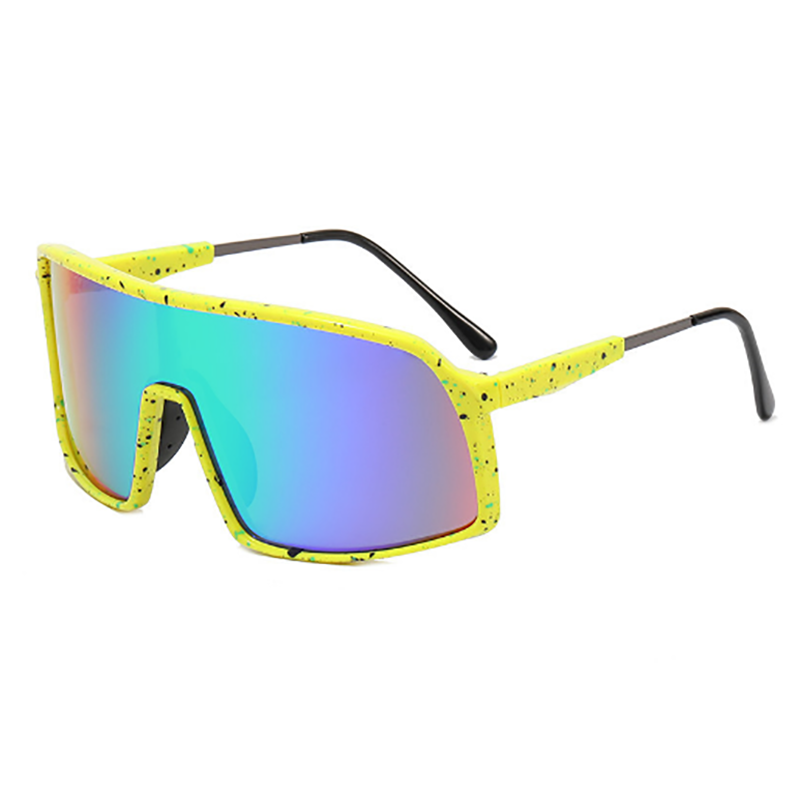
In today’s world of fast-paced fashion and increasing environmental awareness, women’s sunglasses have transcended their traditional role as mere fashion accessories. Once primarily valued for their aesthetic appeal, women's sunglasses are now a critical component in personal eye protection. As UV exposure rises due to climate change and digital eye strain becomes more prevalent, the sunglasses industry has responded with innovation, merging style with science to meet the modern woman's needs.
Rising Awareness of Eye Health
Eye health experts have long warned of the dangers posed by ultraviolet (UV) radiation. Prolonged exposure to UV rays can lead to cataracts, macular degeneration, and even certain types of eye cancer. Recent surveys conducted by the Vision Council report that 80% of adults know UV rays can harm their eyes, yet only about 31% wear sunglasses regularly.
However, this behavior is shifting, particularly among women. Educational campaigns led by health organizations and sunglass manufacturers have highlighted the importance of year-round eye protection. Many brands have incorporated UV protection labels and built-in technology, such as polarized lenses and blue light filters, into their women’s eyewear collections.
Combining Fashion with Function
One of the compelling trends in the sunglasses market is the seamless fusion of fashion and function. Women today expect their sunglasses to offer full-spectrum eye protection without compromising on style. fashion houses and sports eyewear brands have responded by launching hybrid models that cater to diverse preferences—from high-gloss oversized frames for runway-inspired looks to sporty wraparounds ideal for outdoor enthusiasts.
Luxury brands like Prada, Gucci, and Chanel continue to dominate the segment, focusing on high-quality materials and elegant design. Meanwhile, functional eyewear brands such as Oakley, Ray-Ban, and Maui Jim are evolving their women's collections by introducing polarized lenses, anti-glare coatings, and lightweight frames designed for all-day wear.

Technological Innovation Driving Growth
The women’s sunglasses segment is also experiencing a surge in technological innovation. Companies are investing in research and development to create lenses that filter blue light emitted from digital screens—a crucial feature for women who work long hours on computers or smartphones.
Photochromic lenses, which darken in response to sunlight, have also gained popularity. These adaptive lenses offer a practical solution for women who move frequently between indoor and outdoor settings. In addition, materials like memory metal and TR90 thermoplastic are being widely used to manufacture durable yet flexible frames, appealing to active lifestyles.
Smart sunglasses, a growing sub-category, are also entering the women’s market. With features such as Bluetooth connectivity, bone conduction audio, and voice control, these futuristic models combine eye protection with on-the-go convenience, resonating with tech-savvy women professionals.
Eco-Conscious Manufacturing and Materials
Sustainability is another driving force reshaping the women's sunglasses industry. As consumers become more environmentally conscious, they are seeking products that align with their values. Brands are now incorporating recycled plastics, biodegradable acetate, and plant-based resins into their sunglasses. For instance, several independent labels like Pala Eyewear and Parafina have introduced collections made from ocean plastic and bamboo.
These eco-friendly innovations not only appeal to environmentally conscious buyers but also differentiate smaller players in a competitive market. The shift towards sustainable production reflects a broader movement toward responsible fashion and transparent supply chains.
Market Expansion and Emerging Trends
The global sunglasses market is projected to grow at a CAGR of over 5% through 2030, with the women's segment contributing significantly to this expansion. Asia-Pacific, particularly China and India, presents immense growth opportunities driven by increasing disposable incomes, awareness of eye health, and booming e-commerce platforms that make luxury and mid-range sunglasses more accessible.
In addition to traditional retail, online sales channels are flourishing. Virtual try-on technologies, driven by augmented reality (AR), allow women to visualize how different frame styles suit their face shape before purchase, enhancing the shopping experience.
Color trends are also evolving, with pastel lenses, gradient tints, and mirrored finishes becoming staples in women’s collections. Retro-inspired designs from the 1970s and 1990s are making a comeback, including cat-eye shapes and geometric frames.

Harmony Eyewear founded in 1998, a global leading sunglasses factory, mainly supplies sports sunglasses, fashion sunglasses, reading glasses, optical frames, safety goggles, safety face shields. We are professional Wholesale Glasses Frames Manufacturers.
Copyright © Harmony Eyewear Co., Ltd. Login
LoginBlock 3, Banyang Industrial Zone, Dafen, Duqiao Town, Linhai City, China.
Phone: +86-15868686818
E-mail: hw@meisuneyewear.com
